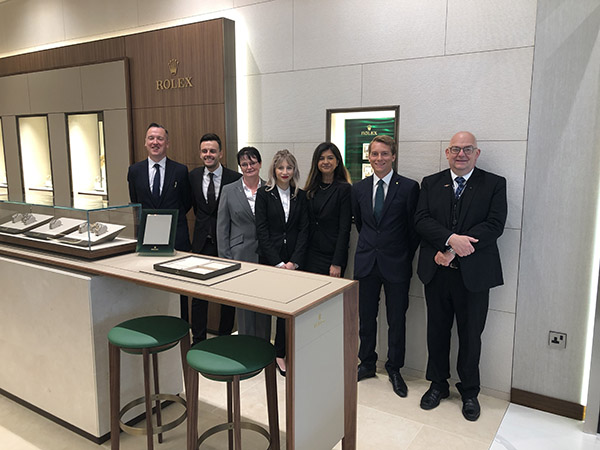
The basics of IP protection are routinely overlooked in the commercial world, even by businesses whose inventions, designs, symbols and names are critical to their survival. A little knowledge goes a long way, however, when it comes to protecting your rights.
1 Know your IP
Carry out a full audit of any IP rights you own. You might find that you already own a substantial amount of IP including rights which arise automatically such as copyright protected material, unregistered designs, confidential information and unregistered trade marks.
You may also have registered rights such as patents (protecting the technical features of processes and products), designs (protecting the appearance of an object) and trade marks (commonly a distinguishing sign or symbol). Action must be taken to acquire these rights by registering them.
2 Know who owns the IP
To get full value from the IP that’s important to your business, you must understand who owns it. Even big name brands sometimes make mistakes: the Innocent smoothies brand, for example, had no assignment of the copyright in the Dude – its smiley face trade mark – from its creative agency. The copyright ended up in the hands of a third party which bought the assets of the agency in liquidation, and lengthy litigation followed with the Judge, in a very close call, deciding that Innocent should have a licence to use the Dude.
Many do not appreciate that copyright in marketing materials commissioned from a third party automatically belongs to that party. Contracts should therefore contain clear provisions to ensure that anything that they create is formally assigned to you.
3 Know how to protect it
Any copyright protected material should be clearly identified as such, particularly if it is going into the public domain.
Seek to register as many designs and trade marks as possible, especially your trading name, logos and the design of your key products. The cost of registration (hundreds of pounds) is drastically less than the cost of a subsequent dispute.
Patents are more expensive to register (typically several thousand pounds) and maintain but provide much more robust protection. The makers of the ‘Trunki’ ride-on suitcase, for example, relied on registered design rights to fight a long court battle with a copycat manufacturer. The design was not considered novel enough compared to the designs of pre-existing ride-on suitcases (prior art), but had the manufacturers sought patent protection for some of its features, they would likely have been more successful at keeping copiers at bay.
Avoiding the cost, particularly in a start-up situation, is understandable but could prove a false economy.
4 Keep it confidential
A key feature of most IP rights is novelty; for a new product to qualify for patent protection it must be new and there must be an inventive step to it. If the technical features are disclosed to the public, it is unlikely that you will be able to obtain patent protection.
I saw a client recently who did everything right, he brought his new invention into the office concealed in a box, and only those of us in the meeting saw the contents. A third party engaged to assist in product development had signed a Non Disclosure Agreement, and the technical features of the new product were kept out of the public domain entirely.
Clear restrictions and confidentiality obligations are as important in employment contracts as they are in respect of third parties. Contractual obligations can deter infringers, and they certainly make it much easier for us as lawyers to prevent further disclosure, limit the damage and ensure the wrong-doer is held to account if those restrictions are broken.
5 If in doubt, register
Registration of IP rights increases your protection in terms of time, scope and ease of enforcement, but knowing which right to register can also make a considerable difference.
Lego, for example, secured a 3D trade mark for its famous Lego man which provides indefinite protection for as long as renewal fees continue to be paid, rather than the 25 years’ protection offered by registered design rights.
IP rights come in many shapes and sizes, and significant additional benefits are to be had by registering the most suitable rights.
6 Have a plan for enforcing your IP
Some clients have the resources to come down hard on all infringers, no matter what damage is caused; others have to choose their battles more carefully.
With as many IP rights as possible registered and appropriate contractual provisions with employees and agents, you will have an easier path to successful enforcement. Insurance to cover the legal costs of enforcement is also an option.
7 Make the most of financial incentives
R&D tax credits allow companies that spend on research and development to recover some of that expenditure.
Patent Box is a tax incentive which allows companies that generate income from patent protected items to qualify for a significantly reduced rate of corporation tax on revenue derived from those products. Some proactively seek to register as many patents as possible in order to make the most of this incentive.





